Desiging for Education Colour Palettes
Colour plays an important role in educational settings with the power to influence students’ emotions, cognitive abilities and overall learning experiences.
Colour Palette Recommendations by Age Group:
Early Childhood:
Preferred Colours: Bright, warm and high-contrasting colours such as red, yellow, blue and green.
Design Insight: Young children are naturally attracted to vibrant, bright colours which can stimulate engagement and excitement, and compliment their energetic, extrovered nature.
Primary School Age:
Preferred Colours: Vibrant but slightly more subtle colours like softer shades of blue, green and yellow.
Design Insight: As children grow, they respond well to colours that are lively without being overstimulating, supporting focus and learning.
Intermediate and High School:
Preferred Colours: Deeper, cooler colours such as navy blue, forest green and burgundy.
Design Insight: As students come into their teenage years, they tend to view primary colours as immature and prefer sophisticated tones that create a conducive learning environment.
Tertiary (University):
Preferred Colours: Neutral and muted tones like beige, grey and soft blues and greens.
Design Insight: Mature learners benefit from environments that are calming and free from distractions, aiding in concentration and study.
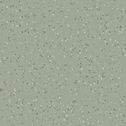
Tarkett
iQ Eminent
Dusty Green

Tarkett
Primo Safe.T
Medium Green
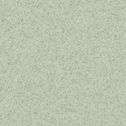
Tarkett
Primo Premium
Light Green
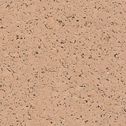
Regupol
Ultimate
Yuma (Shape Kush) 4mm

Tarkett
Omnisports Reference Multi-Use (6.2mm)
Golden Maple

Carpets Inter
Breaking Waves Over the Ocean
Seagrass Ecosoft
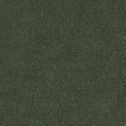
Shaw Contract
Accent
Kakadu (Peridot)

Tarkett Desso
Desert
AC89-7852
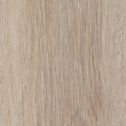
Shaw Contract
Nordic
Driftwood

Tredsafe
Inserts Subtle Colours
Jade Green 43 mm
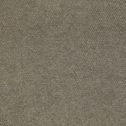
Shaw Contract
Welcome II
Portabella

Tarkett
Etrusco
Olive

Tarkett
Protectwall 1.5mm
Uni Kaki
Green:
Associated with calmness and concentration; reduces anxiety.
Recommended use: Effective in libraries and mental wellness rooms to create a safe, peaceful atmosphere.
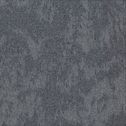
Tarkett Desso
Desert
AC89-8915
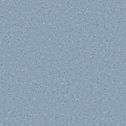
Tarkett
iQ Eminent
Blue

Tarkett
Etrusco
Petrol

Tarkett
Wallgard
Blue 1.3mm

Regupol
Classic
Sydney (Tone) 4mm

Carpets Inter
Breaking Waves Over the Ocean
Gulf Stream Ecosoft

Tredsafe
Inserts Subtle Colours
Royal Blue 13 mm
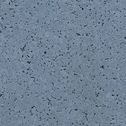
Regupol
Ultimate
Boston (Shape Nome) 4mm

Shaw Contract
Welcome II
Navy

Tarkett
Primo Safe.T
Medium Blue

Tarkett
Primo Premium
Dark Blue
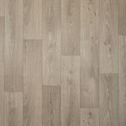
Tarkett
Traffic 250
Swan Driftwood

Shaw Contract
Accent
Blue Mountains (Azure)

Tarkett
Omnisports Reference Multi-Use (6.2mm)
Uni Sky Blue
Blue:
Calming and promotes productivity; associated with improved focus.
Recommended use: Ideal for classrooms and study areas to enhance concentration.
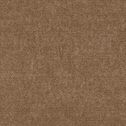
Shaw Contract
Accent
Great Sandy Desert (Tigers Eye)

Tarkett
Primo Safe.T
Medium Warm Beige

Tarkett
Primo Premium
Soft Yellow

Tarkett
iQ Eminent
Pale Yellow

Regupol
Ultimate
Yuma (Shape Kush) 4mm
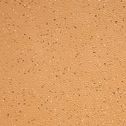
Tarkett
Triumph and Inertia
Fortunate

Tarkett
Omnisports Reference Multi-Use (6.2mm)
Golden Maple

Tarkett Desso
Desert
AC89-6118

Tarkett
Traffic 250
Swan Blonde

Tarkett
Wallgard
Yellow 1.3mm

Tredsafe
Inserts Safety Colours
Signal Yellow 43 mm

Tarkett
Etrusco
Honey

Tarkett
Protectwall 1.5mm
Uni Ochre

Carpets Inter
Ebb Wash
Estuary Sand Ecosoft
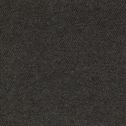
Shaw Contract
Welcome II
Black Chocolate
Yellow:
Bright and energetic; can enhance mood but may cause eye strain if overused.
Recommended use: Best used as an accent to stimulate creativity without overwhelming the senses.
Orange:
Warm and inviting; stimulates social interaction.
Recommended use: Suitable for cafeterias and common areas to encourage communication.
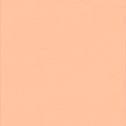
Tarkett
Wallgard
Orange 1.3mm
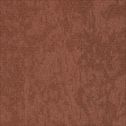
Tarkett Desso
Desert
AC89-5121

Tarkett
Primo Premium
Soft Red

Tarkett
iQ Eminent
Brick

Tarkett
Omnisports Reference Multi-Use (6.2mm)
Uni Tonic Red
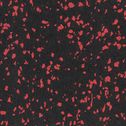
Regupol
Classic
Sidon (Core) 4mm
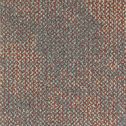
Carpets Inter
Breaking Waves Over the Ocean
Red Coral Ecosoft
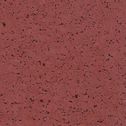
Regupol
Ultimate
Lagos (Shape Goa) 4mm

Tarkett
Etrusco
Candy

Tredsafe
Inserts Safety Colours
Safety Red 43 mm

Tarkett
Protectwall 1.5mm
Uni Terracotta

Shaw Contract
Welcome II
Red

Shaw Contract
Accent
Burgundy
Red:
High energy and stimulating; can increase heart rate and arousal.
Recommended use: Suitable for areas requiring physical activity, such as gymnasiums. Not recommended for classrooms as it may cause agitation.
Purple:
Combines the focus of blue and the energy of red; can inspire creativity.
Recommended use: Appropriate for art rooms and creative spaces.

Tarkett
Granit Safe.T
Black Grey

Shaw Contract
Welcome II
Charcoal
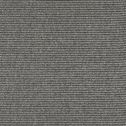
Jacobsen
Langhorne Hut
Arbol

Tarkett
iQ Optima
Light Black
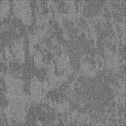
Tarkett Desso
Desert
AC89-9508

Tarkett Desso
Desert
AC89-9516

Shaw Contract
Strataworx
Surround Strataworx Blue Herring

Shaw Contract
Strataworx
Surround Strataworx Limestone

Tredsafe
Inserts Subtle Colours
Charcoal Grey 37 mm

Tarkett
iQ Optima
Medium Cool Grey
Grey:
Associated with calmness and neutrality; combined with stimulating colours it promotes balance.
Recommended use: Use to balance feature colours, allowing for a more focused visual hierarchy where brighter elements stand out.